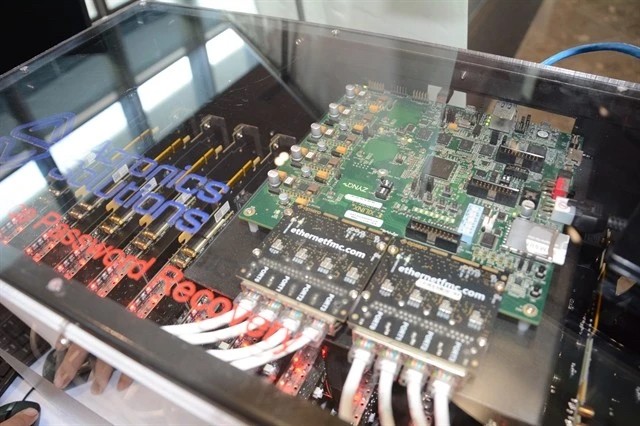Meo Vac: Supporting Local Cultures Through Tourism Development
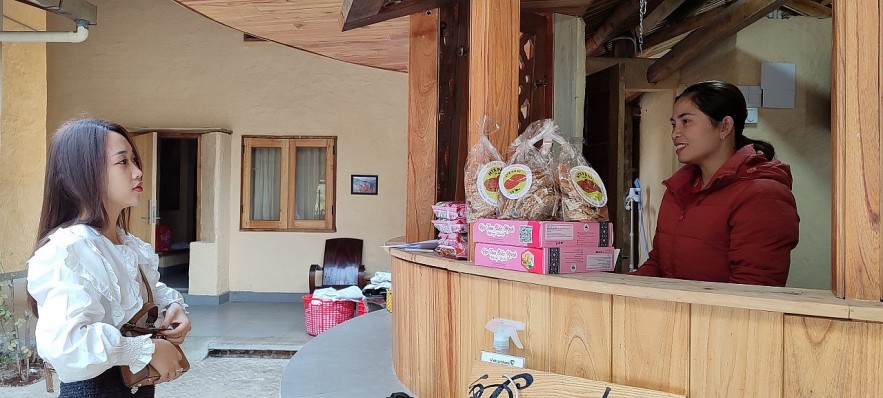 |
| Hoang Thi Hien (right), owner of Pa Vi homestay, checks in for guests. (Photo: Thanh Luan) |
Early in the morning, with the sky still foggy, Sung Mi Po (28 years old, in Pa Vi commune) prepares to go to work. The place he works is Pa Vi homestay in the Mong ethnic community tourism village, Pa Vi Ha village.
The homestay is about 600 meters from home, so he often walks, and only occasionally uses a motorbike. On weekends, more tourists visit the homestay.
Therefore, Sung Mi Po's working hours start from 6:30 a.m. to 11 p.m. with the tasks of welcoming guests, cleaning rooms, and cooking.
"Previously, I worked as a construction worker and seller, but my income was not stable. My wife sells goods at the market, earning about VND3-4 million (US$121-161) each month. We have three children, so life is hard for us.
Luckily, after participating in the repair of Pa Vi homestay, I was accepted to work by the owner. I have been working here for four months now and have a stable income (VND7 million (US$282)/month). I got a job near home, which helps me take care of my children and parents," Sung Mi Po said.
Besides Sung Mi Po, there are two other local people working at Pa Vi homestay with an income of VND5-7 million (US$201-282) per month, including accommodation.
According to Hoang Thi Hien (36 years old), the owner of Pa Vi homestay, her family's homestay was built according to Mong people's architecture.
It is a type of house with wooden trusses, surrounded by solid stone fences. The house is decorated with Mong people's items, and flowers are planted in the yard.
She and 27 other households participated in investing and running a homestay business at the Mong ethnic community tourism village eight years ago.
Previously, Hien and her husband were only used to farming. They were worried and hesitant when switching to tourism services with a large investment capital.
After receiving encouragement and support from the local government, they decided to invest.
Accordingly, her family and other households participating in service businesses in the village have been supported by the government for 50 years without charge.
They are supported VND80 million (US$8227)/business household, with interest rates reduced by the bank.
The local government also regularly organizes training classes for householders on hospitality, room service skills, receptionists, chefs, food hygiene and safety, and English intensive training class.
Hien and many other households were also given the opportunity to visit, and learn effective community tourism development models in Hoa Binh, Son La, and Thai Nguyen.
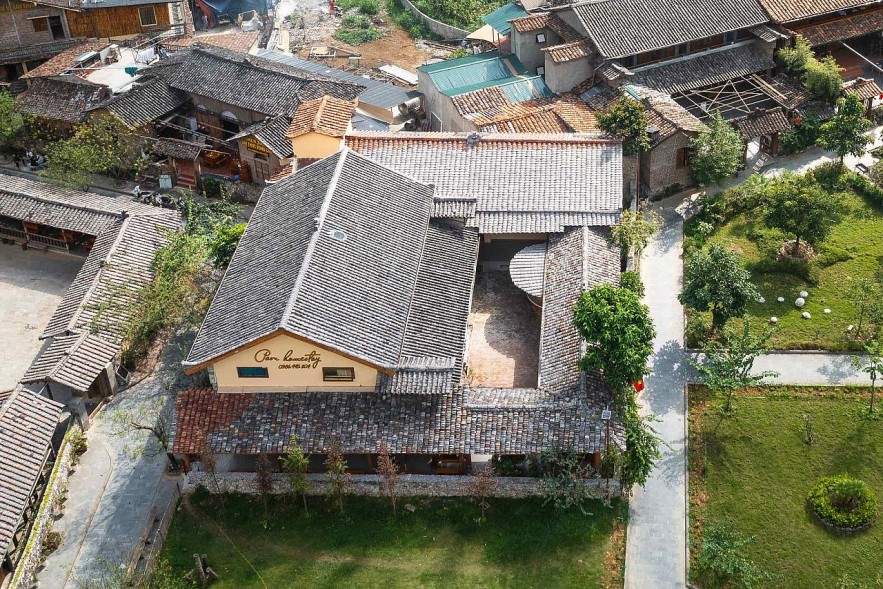 |
| Pa Vi Homestay from above. (Photo: Homestay Pa Vi) |
"Up to now, the number of visitors coming to the village is quite large and stable. As for Pa Vi homestay, on average, we welcome 20 visitors per day, peaking on holidays, Tet, and weekends," Hien said.
In addition to the support of the province and district, Hien also set up a fanpage of Pa Vi homestay on Facebook and Zalo, connecting with travel companies and travel sites to promote tourism.
Pa Vi homestay always has cakes and candies made from buckwheat seeds, a special plant of Ha Giang.
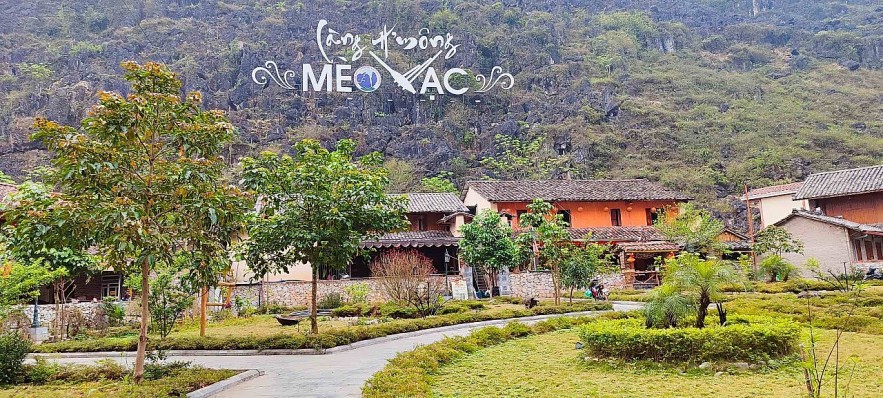 |
| Mong ethnic community tourism village in Pa Vi Ha village, Pa Vi commune, Meo Vac district, Ha Giang province. (Photo: Thanh Luan) |
Similar to Pa Vi homestay, other homestays at the village all bear the cultural identity of the Mong people from design to decoration, and traditional dishes.
Coming to the Village, visitors can experience cultural features in the lives of local people such as weaving and folk games.
Besides, visitors can experience bathing and foot bathing services with traditional medicinal herbs, enjoy cultural and artistic programs imbued with Mong culture on weekend nights.
According to Ngo Manh Cuong, vice chairman of the People's Committee of Meo Vac, the district determined that preserving traditional culture and developing community tourism are among the key tasks.
To date, the district has five community tourism villages including the Mong ethnic community tourism village in Pa Vi Ha village (Pa Vi commune), Lo Lo ethnic community tourism village, Sang Pa A village (Meo Vac town), Giay ethnic community tourism village in Tat Nga village (Tat Nga commune), Tay ethnic community tourism village in Ban Tong village (Niem Son commune) and Nung ethnic community tourism village in Khau Vai (Khau Vai commune).
The implementation of community tourism village models has brought economic value, created jobs, increase people's income, eliminated hunger and reduced poverty sustainably for Meo Vac district.
The district is researching and proposing to the province to continue building a cultural and tourism village imbued with the identity of the Lo Lo ethnic group, one of 16 ethnic minorities with a population of less than 10,000 people.
 | "Colors Of Culture": 60 International Artists Paintings Displayed At The Temple Of Literature On March 16, the international watercolor painting exhibition "Colors Of Culture" will take place at the Temple of Literature with 465 paintings by 60 artists ... |
 | Bright Prospect for Vietnam, Australia to Further Elevate Organic Food Industry This is a very useful and special trip to learn and connect trade to enhance production, processing, export trade capacity, and connect directly with Australian ... |
 | Japanese Artist Akira Ito Introduces “Dragon On Hat” To Vietnamese Fans The newest work of famous manga artist Akira Ito, "Dragon On Hat," was first introduced to Vietnamese fans at the 9th Japan-Vietnam Festival held in ... |
Recommended
 Focus
Focus
Vietnam Leaves Imprints on the World Peacekeeping Map
 Viet's Home
Viet's Home
“Global Vietnamese Singing 2025” - Connecting Hearts Longing for Homeland
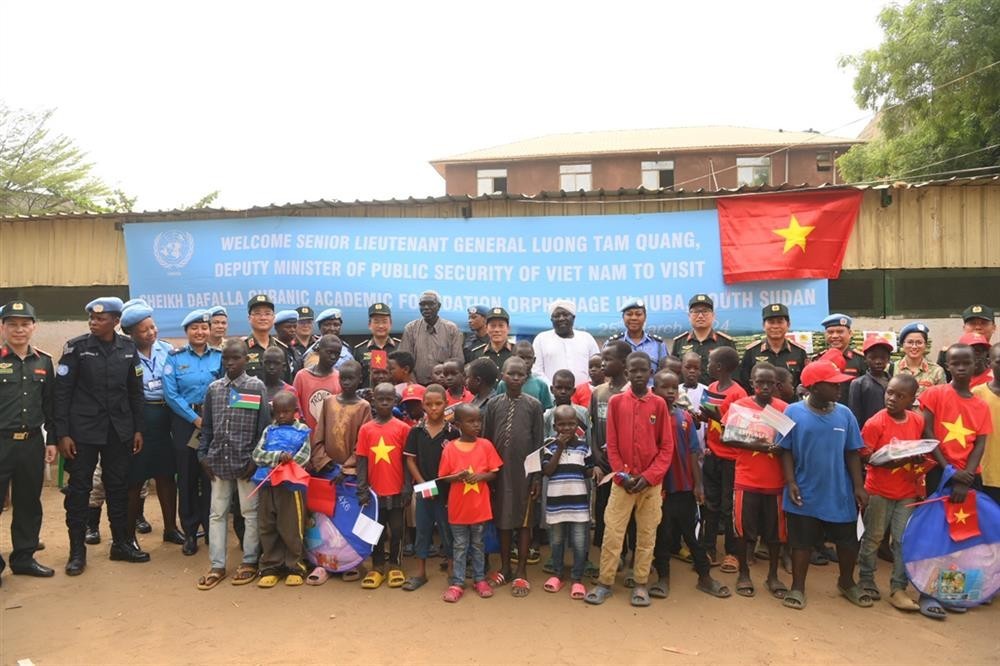 Viet's Home
Viet's Home
Vietnam’s People's Public Security Force Actively Contributes to UN Peacekeeping Operations
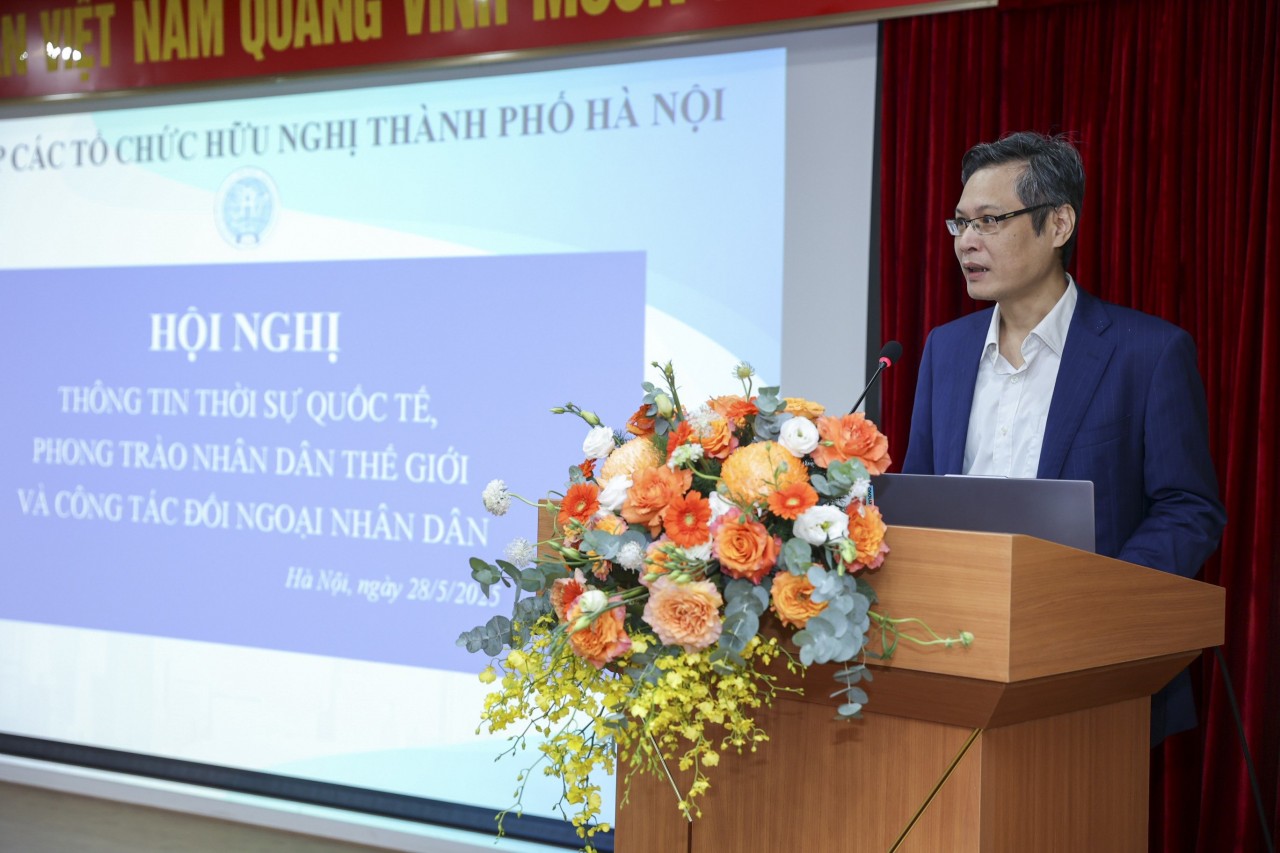 Viet's Home
Viet's Home
HAUFO Enhances Competence of People-to-People Diplomacy Personnel
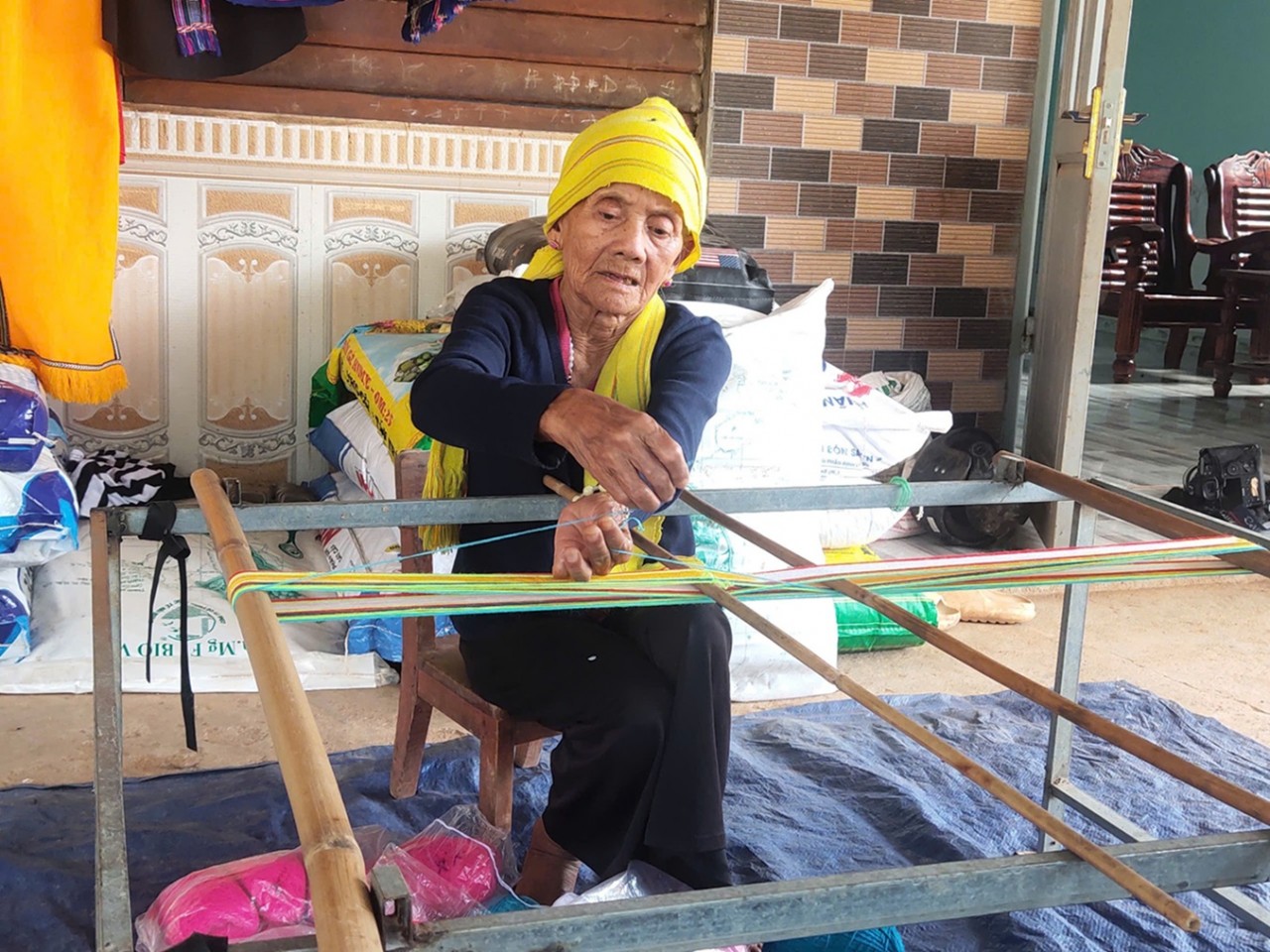 Viet's Home
Viet's Home
Hands that Reserve Da Long Brocade Craft
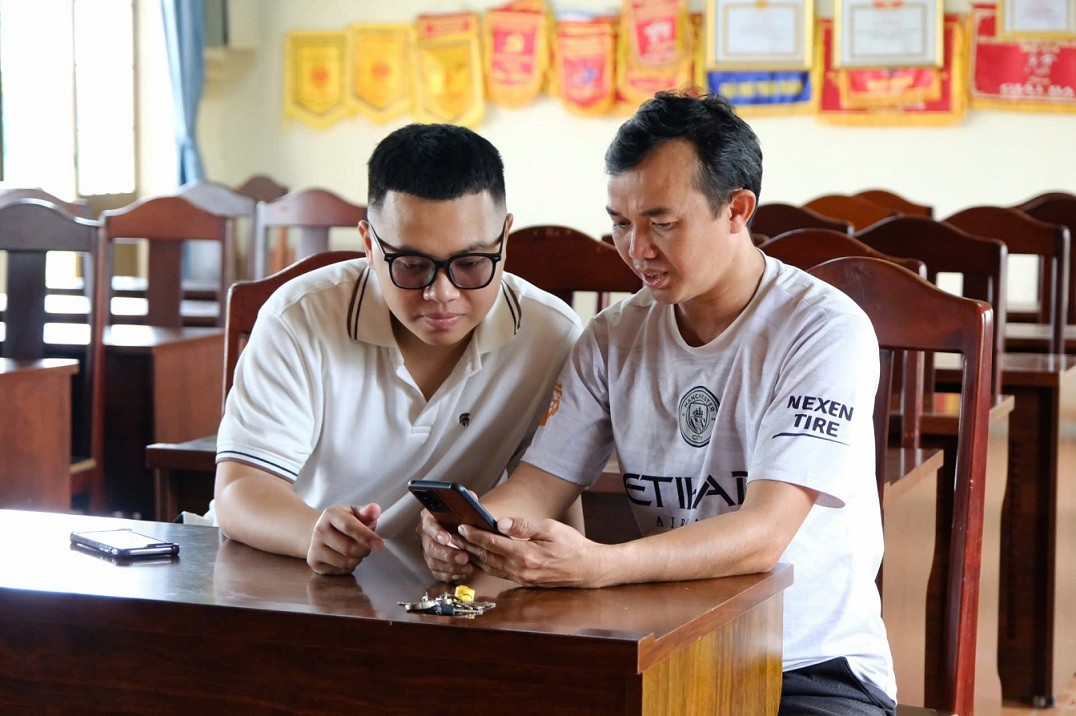 Viet's Home
Viet's Home
Da Rsal – How Digital Transformation Reshape a Poor Commune
 Viet's Home
Viet's Home
Vietnam Classified as “Low Risk” Under the EU Anti-Deforestation Regulation
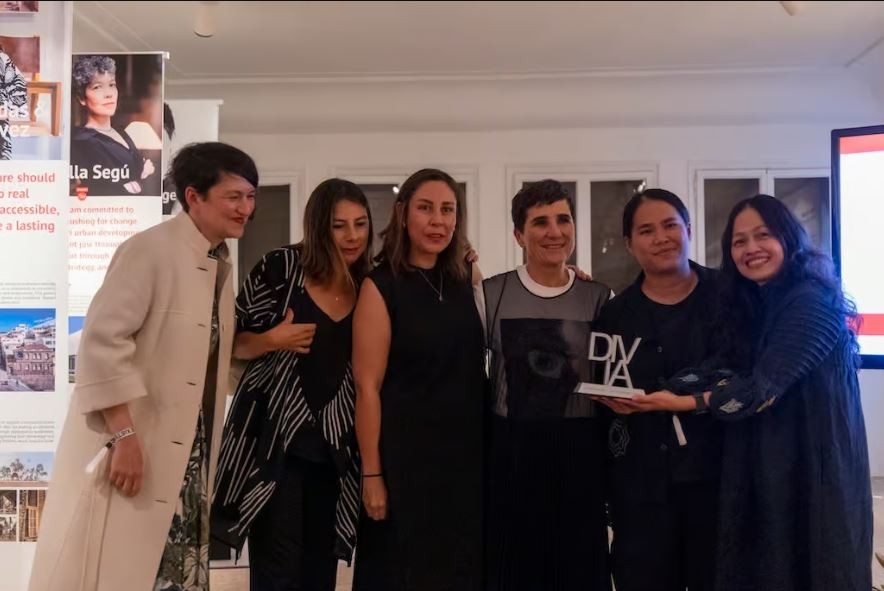 Viet's Home
Viet's Home


